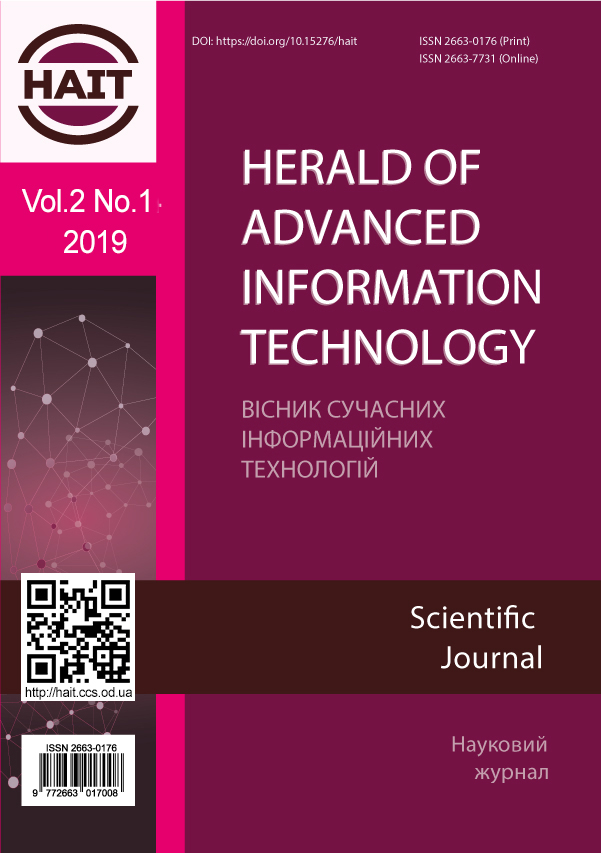Алгоритмізація процесу локалізації несправних підсхем
Main Article Content
Анотація
Розглянуто підходи щодо алгоритмізації процесу локалізації несправних підсхем широкого класу електротехнічних пристроїв (переважно електричних та електронних), запропоновано відповідні алгоритми та показано можливість їх прикладного застосування в практичних додатках. Зокрема, зазначено що в сучасних умовах, при зростанні вимог до надійності електротехнічних пристроїв та розширення набору функцій, які вони виконують, повинна розглядатися не тільки повна можливість реалізації поточного контролю працездатності даних пристроїв на стадіях виробництва та експлуатації, але й забезпечення потенціальної можливості діагностування пристроїв (систем) – на стадії проектування. Разом з тим вказано на ускладнення, яке спостерігається, щодо методологічного забезпечення окремих процедур та всього процесу діагностування в цілому, що, з одного боку, пов’язано з необхідністю найбільш повно та всебічно провести діагностування, а з іншого – визначає різке зростання обчислювальних ресурсів та трудовитрат на реалізацію діагностичного експерименту. Одним з можливих рішень вказаного протиріччя слугує формалізація та наступна алгоритмізація процедур діагностування, що забезпечує автоматизацію останніх та, як наслідок, скорочує час діагностування і підвищує його якість. Запропоновані алгоритмічні засоби реалізують модельно-орієнтовані методи локалізації несправних підсхем електротехнічних пристроїв (систем), зокрема, метод навчаючих та перевірочних характеристик. Відмінною особливістю даних методів та розглянутого в роботі алгоритмічного забезпечення є використання в ході діагностичного експерименту моделей пристроїв, які досліджуються, що забезпечує можливість формування та перевірки функціонально необхідних (в ідеалі – будь-яких) гіпотез працездатності останніх.



